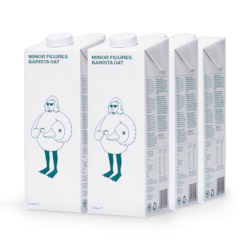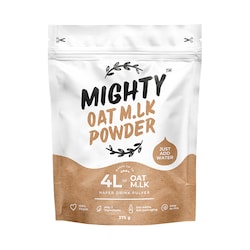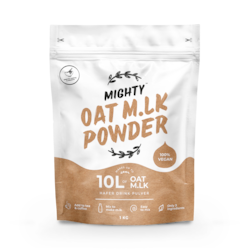20% off £30
Code:QUICK
What is a dairy allergy?

A dairy allergy is the most common food allergy in babies and young children. It is caused by a reaction to the proteins in the milk.
An allergy to cows’ milk is the most common food allergy amongst babies and young children, though people usually outgrow it. If you suffer after eating dairy products, what could be the cause?
Cows’ milk contains many proteins – including albumin, casein and whey – which can trigger an allergy. It affects 3-6 per cent of infants and young children, although most will grow out of it by the time they are five.
Allergy symptoms, which differ from person to person, can kick in a few minutes to a few hours after milk-based or milk-related products are consumed, and are a result of your immune system’s response to them. Typically, immediate symptoms of a milk allergy might include wheezing, vomiting and itchy rashes, including eczema, while those that might take more time to develop include diarrhoea, stomach cramps, runny nose, watery eyes and a rash around the mouth.
If you are allergic to the proteins contained in cows’ milk you must avoid milk and milk products because a milk allergy can cause anaphylaxis, a life-threatening reaction that narrows the airways and impedes breathing. Milk is the third most common food, after peanuts and tree nuts, to cause anaphylaxis. Obvious foods to avoid include all dairy products such as milk, yoghurt, cheese, fromage frais, butter, Quark and evaporated or condensed milk. But you must also be aware that cows’ milk protein can be hidden in other foods, including bread, biscuits, cakes, ready-made baby foods and processed meats.
Could I be lactose intolerant?
Lactose intolerance is the inability to digest the lactose sugar in cows’ milk, and is not the same as a milk allergy. In those with lactose intolerance, the digestive system doesn’t make enough of the enzyme lactase, meaning the body can’t digest the sugar contained in dairy products properly. Instead of being digested and absorbed, the lactose stays in the gut and feeds the gut bacteria, which release the acids and gases that cause the symptoms of lactose intolerance.
Up to 15 per cent of the UK population is thought to be lactose intolerant. Although milk allergy and lactose intolerance can cause similar symptoms, they are very different problems. An allergy involves the immune system, and so typical allergy symptoms such as an itchy rash, wheezing, runny nose and coughing will be likely. Because lactose intolerance doesn’t affect the immune system, symptoms are more likely to include feeling bloated, abdominal pain, wind or diarrhoea, with skin and breathing not usually affected.
Doctors can test for milk allergy and lactose intolerance, so it’s important to visit a GP to investigate any symptoms you may have. Those allergic to milk should not consume any milk products to avoid triggering a serious allergic reaction, whereas lactose intolerance sufferers might be able to enjoy a small amount of milk without any noticeable symptoms. Happily, lactose-free milk and dairy products are readily available and this site has lots of tips to help you live dairy-free.


































